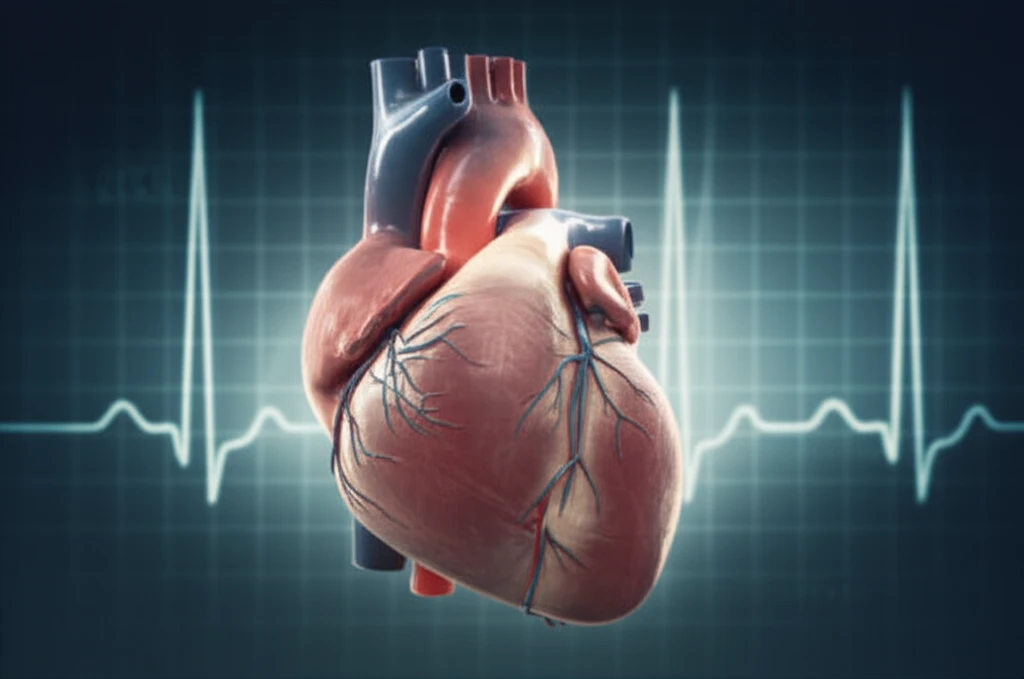
Decoding Heart Health: When ST Elevation Isn't Always What It Seems
"Understanding Left Ventricular Aneurysms and Atypical EKG Patterns"
Heart health is a topic that touches everyone, directly or indirectly. We're often told to watch out for specific signs, like chest pain or persistent ST elevation on an electrocardiogram (EKG), which can indicate a heart attack. But what happens when the signs aren't so clear-cut? What if a serious condition, like a left ventricular aneurysm (LVA), presents with unexpected EKG patterns?
A left ventricular aneurysm is a localized bulging of the heart muscle that can occur after a heart attack. Traditionally, it's associated with persistent ST elevation on an EKG. However, a recent case study reveals that this isn't always the case. Understanding these atypical presentations is crucial for timely diagnosis and effective treatment.
This article aims to break down the complexities of heart health, focusing on a specific case where a left ventricular aneurysm manifested without the expected ST elevation. We'll explore the importance of recognizing unusual signs, the potential risks, and what you can do to stay informed and proactive about your heart health. Whether you're a healthcare professional or someone simply interested in learning more, this guide provides valuable insights into the ever-evolving landscape of cardiac care.
What is a Left Ventricular Aneurysm (LVA)?

A left ventricular aneurysm (LVA) is essentially a weakened, bulging section of the heart muscle, typically resulting from a previous heart attack. During a heart attack, the affected area of the heart doesn't receive enough blood, leading to tissue damage. This damaged tissue can then stretch and bulge, forming an aneurysm.
- Reduced Heart Function: The bulging area doesn't contract properly, decreasing the heart's ability to pump blood effectively.
- Arrhythmias: Abnormal heart rhythms can develop due to the structural changes in the heart.
- Blood Clots: Blood can pool in the aneurysm, increasing the risk of clot formation, which can lead to stroke or other serious complications.
- Heart Failure: Over time, the heart may struggle to compensate for the reduced function, leading to heart failure.
The Takeaway: Stay Informed, Stay Vigilant
The case of the left ventricular aneurysm without ST elevation underscores the importance of staying informed and vigilant about heart health. It reinforces the idea that medical conditions can present in various ways, and relying solely on textbook symptoms can be misleading. If you experience chest pain or other concerning symptoms, seek medical attention promptly and discuss your concerns with a healthcare professional. Early detection and appropriate management can significantly improve outcomes and quality of life.
